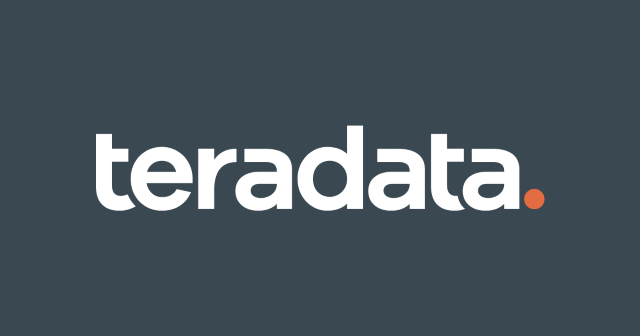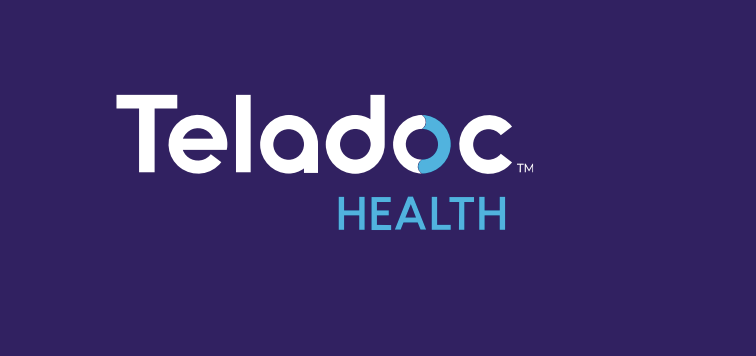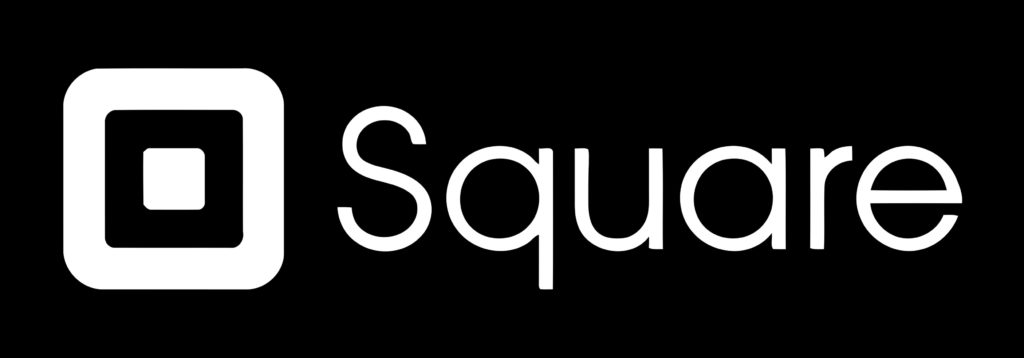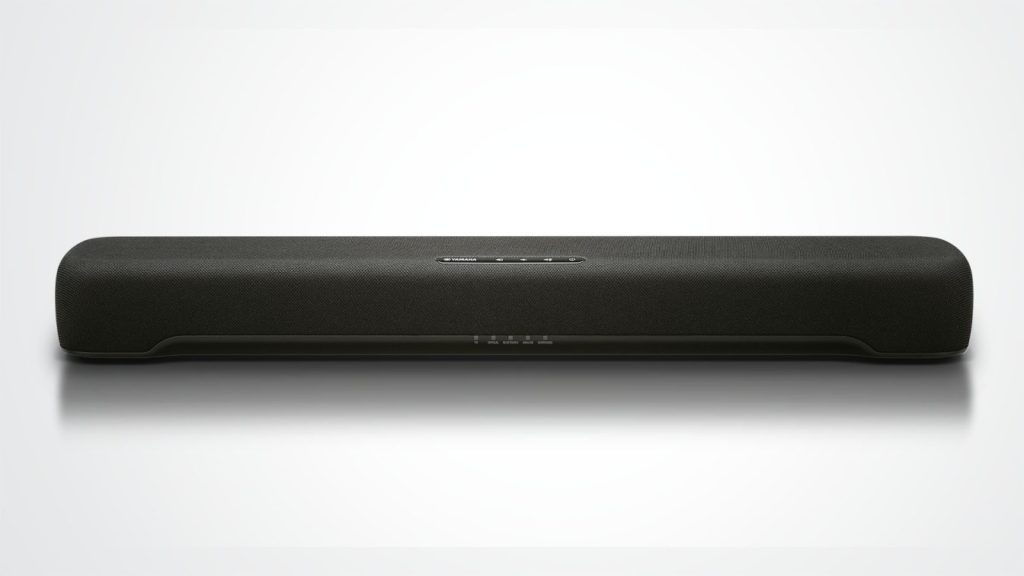Snowflake Inc – An Eight Years Old Cloud Computing Company to top the Forbes Cloud 100 List
Cloud Computing in today’s era is a very promising field to both launch a business and get employed. Data storage based on cloud computing has escalated first and it makes access centralized for big enterprises as well as for individuals. Snowflake Inc is a very successful company in the sector of cloud computing-based data warehousing. Benoit Dageville along with Thierry Cruanes and Marcin Zukowski formed the company in July 2012. The company, however, was in stealth mode for two years and was officially launched in 2014. Currently, the company provides cloud-based data storage services and runs on Google Cloud Platform since 2019.
About Snowflake Inc
Benoit along with the other co-founders worked from scratch to build a data platform that will harness the power of cloud storage. The company claims that its platform leverages the two most important elements of the general cloud platform,i.e., elasticity and performance to develop a more flexible product. Snowflake makes sure that the customers can share data both in and out of their organization with the utmost security and without actually copying or moving the data.
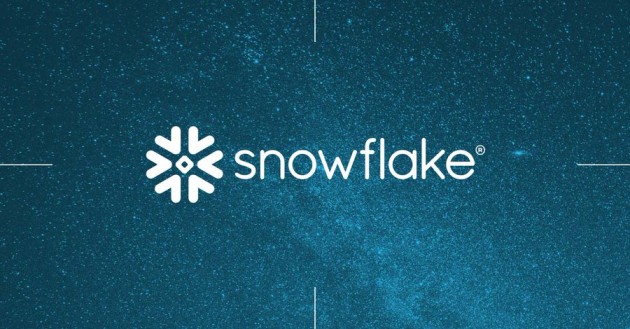
The platform of Snowflake is used by many renowned companies including Adobe, Overstock, Capital One, etc. Over the years, the company has expanded on international grounds and currently, it has more than 1300 partners helping to strengthen the presence of Snowflake Inc. According to the statistics of last year, it had 3,400 active customers in 2020.
The Beginning of Snowflake Inc
Benoit and Thierry knew each other before co-founding Snowflake as they were colleagues while working for Oracle. Back in 2012, Benoit and Thierry discussed how the development of Hadoop will bring change in scenarios for processing large datasets. It was most likely to make the work of Benoit and Thierry obsolete that they were doing in Oracle. So, these led both the co-founders of Snowflake to think about the future and how big data was gradually taking over the data storage service sector. Benoit also realized that even Hadoop is having a few shortcomings like missing key features and overall less efficient. This led to the idea of building a new platform that would overcome both the shortcomings of Hadoop and data warehouses back then.
So, Benoit, Thierry, and Marcin started working on this new data platform from zero and were finally successful in developing it. The system that they created ran ten times faster as compared to any other data storage platform back then for the same cost. After they created the product, they gradually moved forward to the next step and founded Snowflake Inc. The company was named Snowflake because all the co-founders have a love for winter sports. Though the product was successfully developed in 2012, it was two years later that the company was launched publicly by Bob Muglia. In 2015, the product was eventually available and 80 organizations used it back then.
Success of Snowflake
Snowflake has always been one of the top companies in the data storage sector to continuously evolve their product. They are well known for their work culture and innovation that has kept them in business with a strong ground. When the product was developed in 2012, the co-founders started looking for investors and it was a bit difficult to convince people how a data storage platform will evolve in the future and why their system was superior. But, both Benoit and Thierry had a professional background which strengthened their game of networking. So, in August 2012 the company was successful in raising $5 million in Series A funding led by Sutter Hill Ventures.
After it came out of stealth mode in 2014, the company raised another $26 million followed by $45 million in 2015. The next two years were followed by raising a huge amount of money and in 2018 the company’s net valuation became $1.5 billion. Snowflake reached unparalleled heights as it gained unicorn status only after four years of the official launch. Last year, the company became public via an IPO and raised $3.4 billion.
Due to its innovative products, Snowflake has been the recipient of multiple awards and honors including “Cool Vendor” in Gartner’s Magic Quadrant, acquired the first position at the 2015 Strata + Hadoop World startup competition, ranked No. 1 on LinkedIn’s 2019 U.S, etc.
The Founders

Image Source: twitter.com, qconsf.com, and cwi.nl
Benoit Dageville is a French computer scientist who started his career at Bull Information Systems. Before co-founding Snowflake Inc, he worked at Oracle for more than fifteen years. Thierry Cruanes is also a computer scientist who worked at two leading companies, IBM and Oracle before developing Snowflake. Marcin Zukowski also has a very impressive professional career which includes working in multiple companies like Microsoft, Google, CWI, Actian Corporation, etc. Apart from co-founding Snowflake, he also founded Vectorwise.

Annasha Dey is an NIT student, who apart from studying engineering is also a content writer. She has a great interest in photography, writing, reading novels, and travelling as well. She is a foodie who loves socializing and hanging out with her friends. She is also a trained Kathak dancer and a big fashion enthusiast. Dey also loves watching TV series, which includes F.R.I.E.N.D.S. and Big Bang Theory. To be a better writer she prefers to read more
